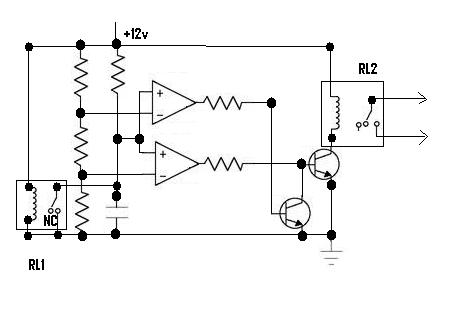zsolt1
Full Member level 6
- Joined
- Aug 11, 2012
- Messages
- 367
- Helped
- 50
- Reputation
- 100
- Reaction score
- 49
- Trophy points
- 1,308
- Location
- Cluj-Napoca, Romania
- Activity points
- 3,880
Last edited:
Follow along with the video below to see how to install our site as a web app on your home screen.
Note: This feature may not be available in some browsers.
@aleks
I made one proto with 89c2051 microcontroller. See if you can use it. You may require Proteus simulation software to see its working...
Obviously this circuit is not checked, but it will work.

Using only two pins from one dc relay, i managed to turn on the AC after a power outage but the problem is that after that i have to put the remote control in the OFF state manually until the next power failure.



Its all in unclamped state as yours.from the picture you captured i can't take out if contact positions are in clamped or unclamped state of relleys...
The supply is constant DC 5V, its not pulse voltage.the supply of the circuit. I see in the picture the simbol for pulsatory dc current.
Dear zsolt...
Its all in unclamped state as yours.
The supply is constant DC 5V, its not pulse voltage.
Its not pulse. Its DC. I use proteus and I know about it. Its a constant supply of 5V.